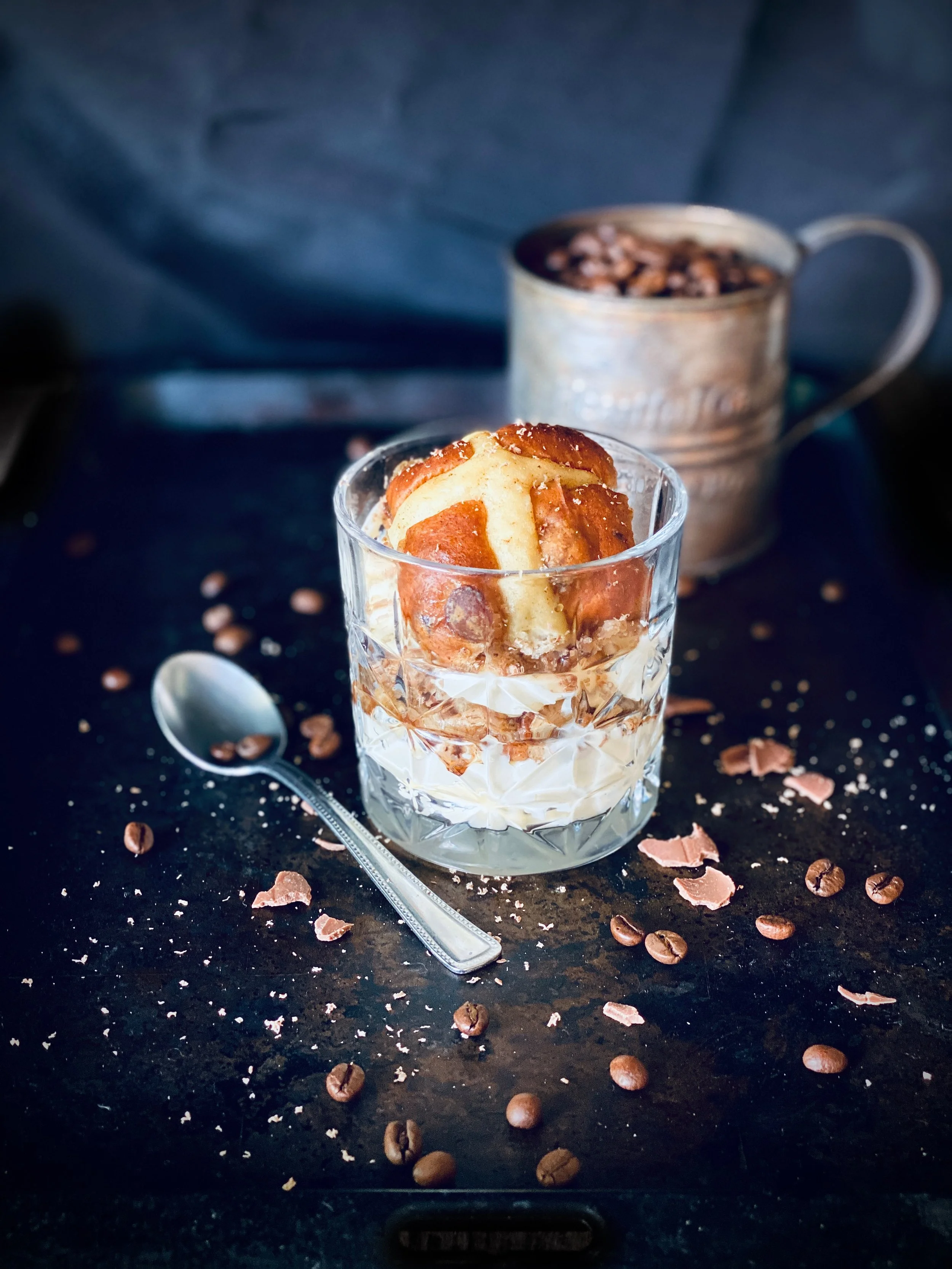We have been thinking a lot about apprenticeships lately.
We’ve had a few and there’s a tonne of changes we’ve made to our thinking.
One thing we’ve started focusing on is videos.
Videos are a great tool for training.
They reduce the need for apprentices to always be under the supervision of a skilled baker who can teach the basics while also problem-solving their mistakes (efficient use of labour and considered wage cost).
They help standardise expectations in our bakery (product consistency and better teamwork).
They support self-directed learning (narrowing your employee pool to motivated learners).
They are translatable resources (opening up to a wider pool of potentially excellent employees).
They support colleagues with visual evidence of why we do things the way we do (easier teamwork).
Here is a video Dusty threw together recently.
It is rough (he’s a busy guy);
It is short and he strives for shorter (the average attention span of the next generation is supposed to be about 3 seconds these days - see my earlier point about motivated learners);
The language is clear (he used ChatGPT to write his script in clear and concise language - (“busy guy”) - so it is very translatable);
He teaches the expected practice correctly for the Dusty way (leading to consistency, quality and efficiency);
He makes one or two points explaining the why. K.I.S.S.
Understanding these points and then asking questions to learn more is how we can grow an Apprentice towards a Senior Baker.
We can’t guarantee that everyone will watch and learn from these videos, but we can promise that the good ones will know how to use them. Those are the bakers to watch.
A wastage report is pretty simple at heart (see a recent example here, where training was the solution). This kind of report gives us the information we need to ask the questions that lead to improvements every day. It helps you manage for waste, skill, machine needs, cost efficiencies and more.
Dusty talks more about this kind of decision in his LinkedIn posts - if you’re more interested in the business side, then hunt him down (Dusty the Baker, link in socials buttons below).
Anyone can learn a skill if they commit to trying and if they’re passionate enough about overcoming the struggle. Teaching is next level.
#Perseverance
#Curiosity
#CapableLearners


